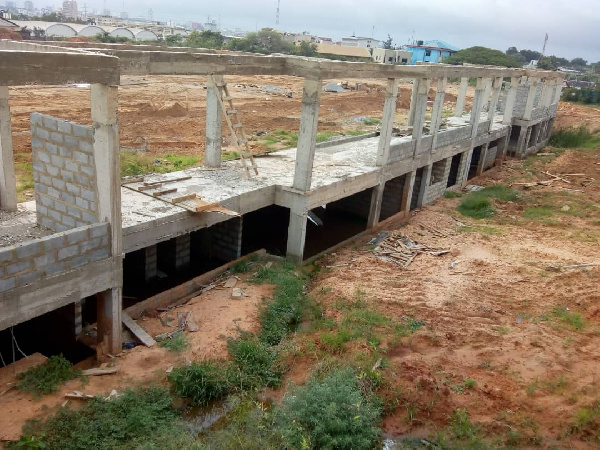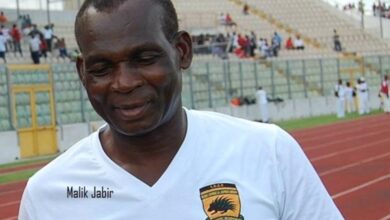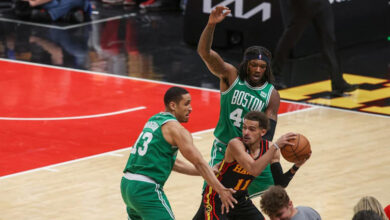Responsibility for Maintaining Sports Infrastructures in Ghana
Sports infrastructures play a crucial role in the development and promotion of sports in any country. In Ghana, like many other nations, the responsibility for maintaining sports infrastructures is a complex issue involving various stakeholders. This article delves into the key players responsible for the upkeep and development of sports facilities in Ghana.

The Ghanaian government holds a significant responsibility for the maintenance and development of sports infrastructures. It is the primary source of funding and policy-making in the sports sector. The Ministry of Youth and Sports, in particular, plays a central role in coordinating sports-related activities and allocating resources for infrastructure projects. However, the government’s ability to adequately maintain and improve these facilities depends on budget allocations and political priorities.

Local government authorities also have a role in maintaining sports facilities within their jurisdictions. Municipal and district assemblies are responsible for the upkeep of community sports grounds and facilities. These authorities play a critical role in ensuring that sports facilities at the grassroots level are accessible and well-maintained.

National sports associations, such as the Ghana Football Association (GFA) and the Ghana Athletics Association (GAA), often have a vested interest in maintaining specific sports facilities related to their respective sports. They may contribute financially or provide technical support to maintain and improve these venues, ensuring they meet international standards for competitions.
The private sector, including corporate sponsors and investors, can also contribute to the maintenance and development of sports infrastructures in Ghana. Through partnerships with sports organizations and government agencies, private entities can provide much-needed funding for the renovation and modernization of facilities. This support not only benefits the facilities but can also be a form of corporate social responsibility.

At the grassroots level, local communities and sports clubs have a shared responsibility for maintaining and managing sports facilities. They often organize fundraising events and contribute voluntary labor to keep community fields and facilities in good condition.
Despite the shared responsibility among various stakeholders, there are ongoing challenges in maintaining sports infrastructures in Ghana. Insufficient funding, inadequate maintenance, and a lack of long-term planning are some of the common issues. To address these challenges, it is crucial for all stakeholders to collaborate, set clear priorities, and allocate resources strategically to ensure the sustainability and development of sports infrastructures in Ghana.


In conclusion, maintaining sports infrastructures in Ghana is a collective responsibility involving government, local authorities, national sports associations, the private sector, communities, and sports clubs. The effective coordination and collaboration of these stakeholders are essential to ensure that sports facilities are in good condition, fostering the growth of sports and the overall well-being of the Ghanaian sporting community.
Story by : George Opoku Boateng. gopokuboateng@gmail.com. Ahotoronline





